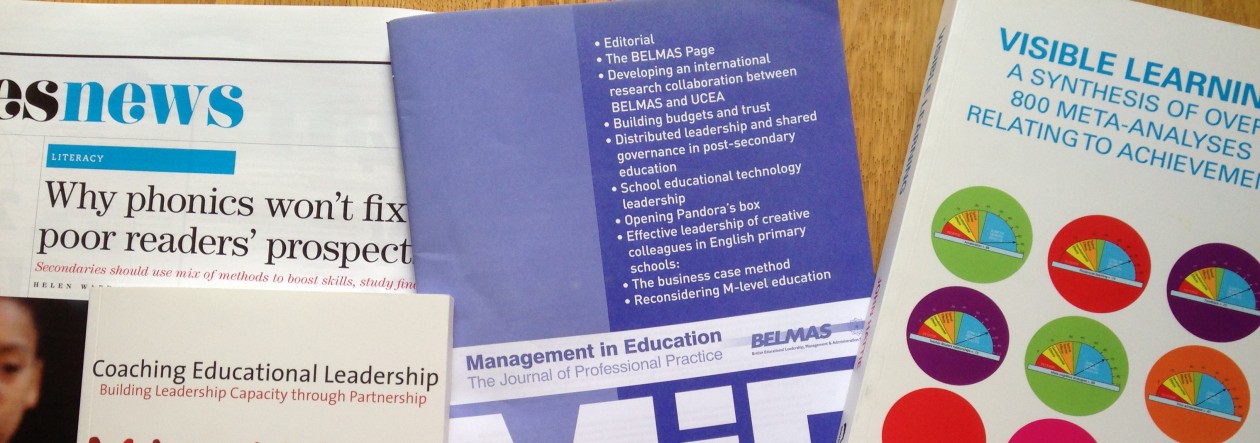This should give you a flavour of the report and whether or not it is of interest to you.
There is a link to the report at the bottom of this page.

Here are some key points as we see them:
In 2022/23, 44 per cent more teachers said they intended to leave teaching than in the previous year, which suggests that leaving rates may continue rising (pages 4 and 16).
In 2022/23, teachers worked six hours per week more than similar graduates in other occupations in a typical working week (page 5).
In 2023/24, real-terms pay growth for experienced teachers since 2010/11 was 15 percentage points lower than for average UK earnings (page 6).
Although recruitment for secondary is running at 40%, under-recruitment was mainly driven by a significant increase in secondary recruitment targets, rather than a fall in recruits (page 10).
In 2023/24, primary recruitment reached 96 per cent of target which, while still below target, was much closer than for secondary (page 10).
Pages 11 – 13 provide a breakdown of specific subject area recruitment shortages.
A £5,000 bursary increase leads to 15 per cent more ITT trainees and teachers teaching over the long term (page 14).
A teacher’s stated intention to leave is not a perfect predictor of actually leaving. In 2020/ 21 only 12% of those saying they would be leaving actually did (page 16).
Teachers’ position in the income distribution has fallen significantly since 2010/11 (page 18).
Teachers in 2022/23 were more likely than similar graduates to feel that they work too many hours (page 21).
Have a look at page 7 for issues related to pay.
Have a look at page 8 for comments on hybrid and remote working.


You must be logged in to post a comment.